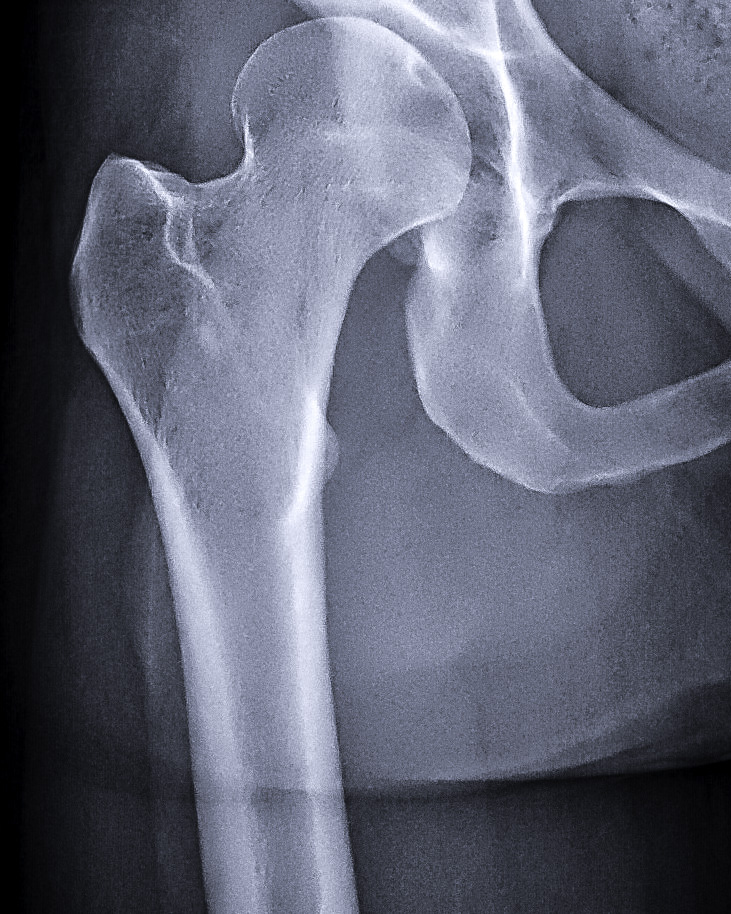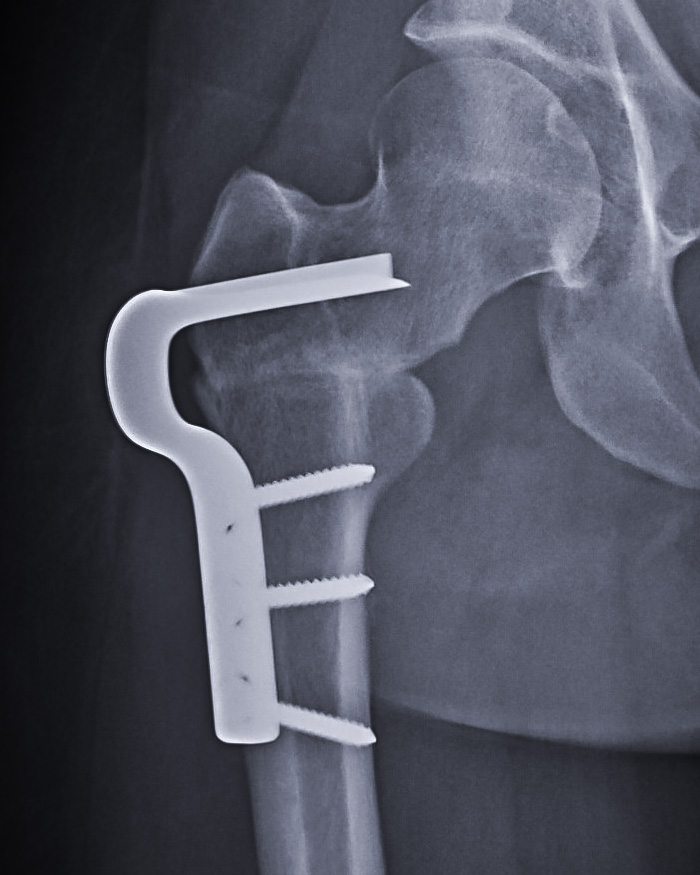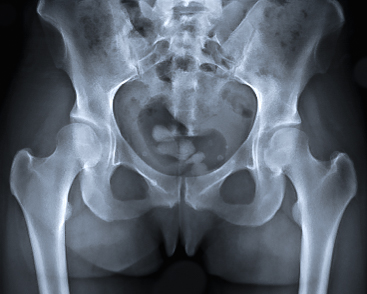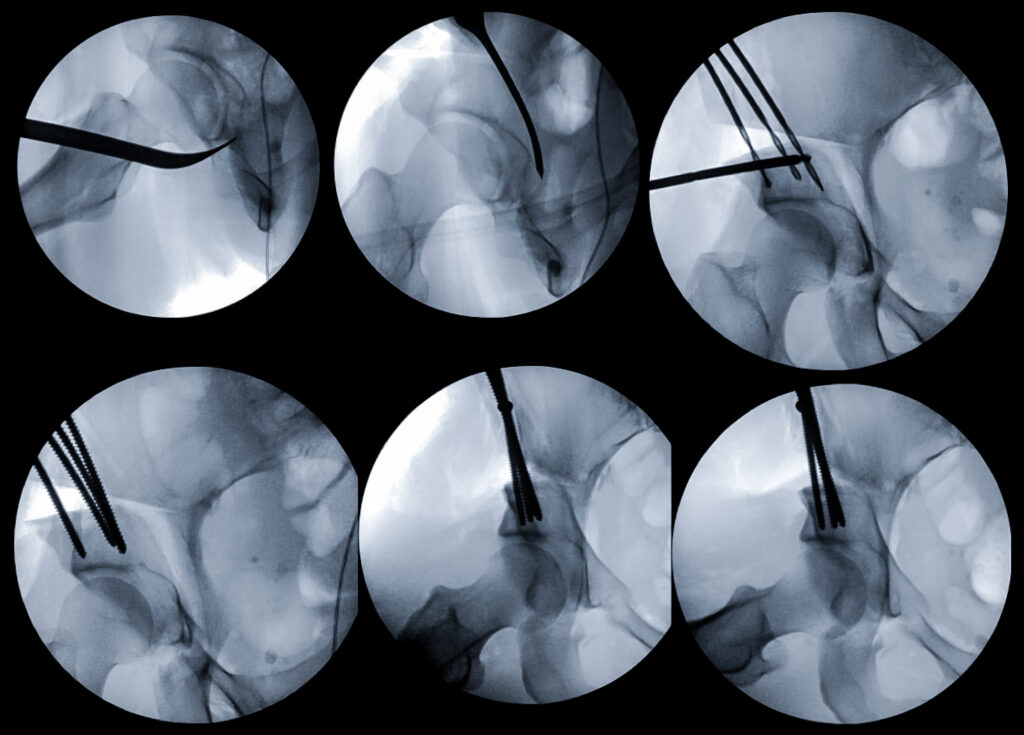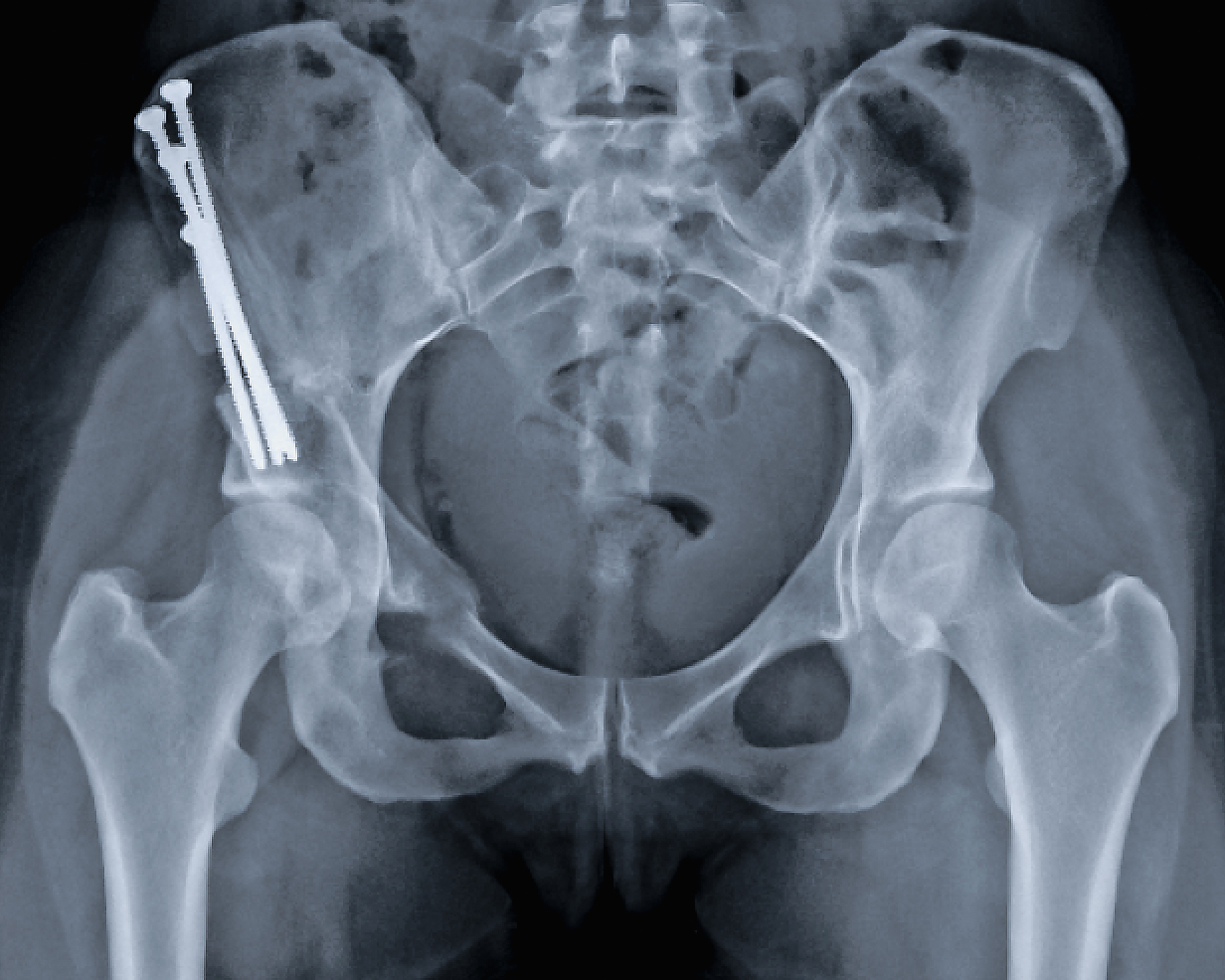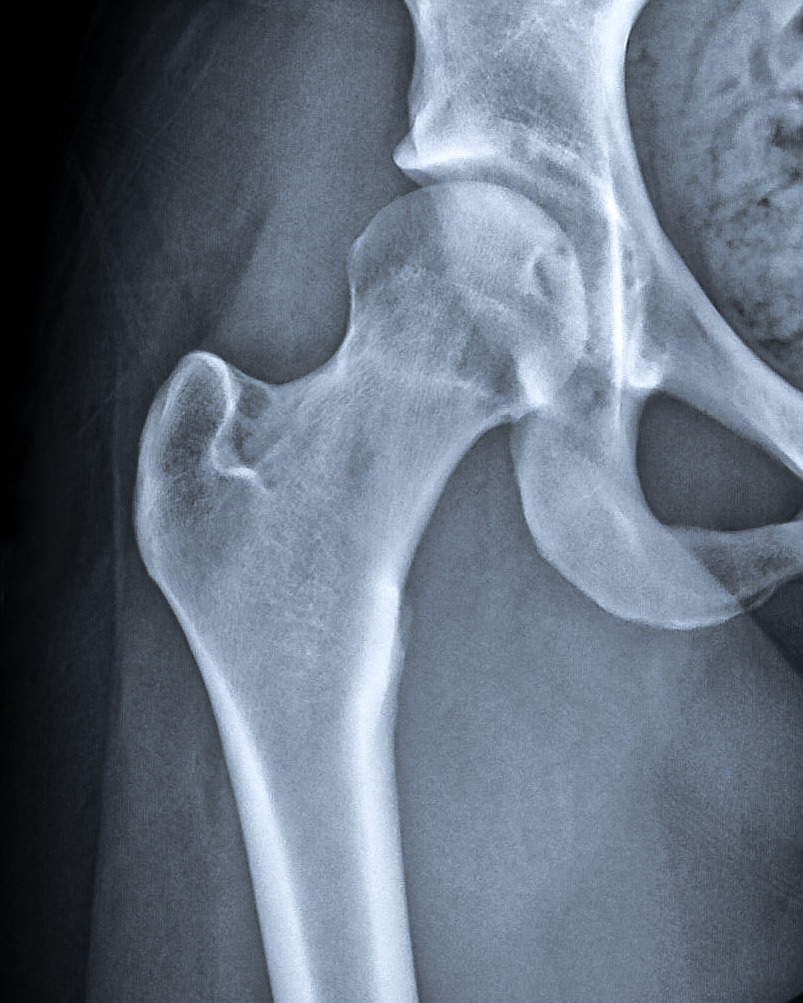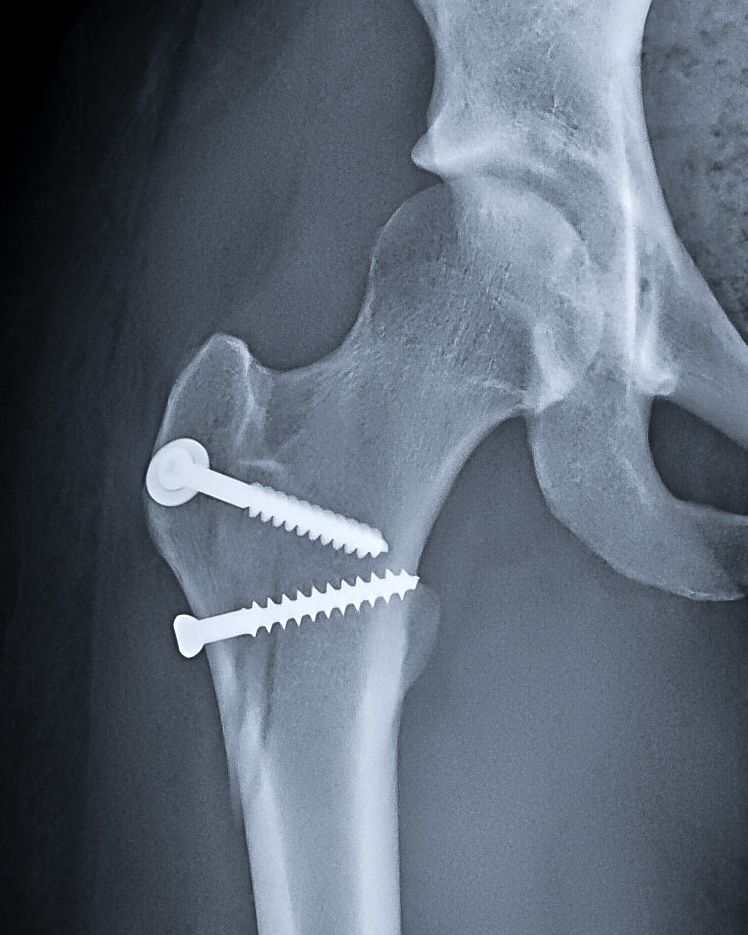Hip Preservation
Procedures

As part of my clinical practice I also perform hip preservation surgery. This type of surgery is often performed in the setting of hip dysplasia or other developmental deformities around the hip joint. These procedures usually involve the repositioning of the ball of the ball and socket such that the joint is congruent and the arthritis doesn’t develop prematurely in individuals whose hips have not developed appropriately during their adolescence.
Hip preservation surgery is complex and, as such, can sometimes lead to longer hospital stays ranging up to three days and prolonged recovery periods with precautions imposed on weight bearing and motion. Often the rehab following these surgeries is quite involved and requires therapist-supervised protocols that last up to three months.
Femoral
Osteotomy
Skeletal dysplasia, trauma, infection, or other pathology may result in abnormal femoral geometry and alignment of the hip joint. This can alter ones gait or potentially lead to early onset arthritis of the hip. In these instances an osteotomy (bony cut) of the femur can be performed to correct the shape of the femur and improve the alignment of the hip joint. The goal of this procedure is to preserve the joint and prevent arthritis from occurring at an early age.
Periacetabular
Osteotomy
(PAO)
Developmental dysplasia of the hip is a deformity of the joint, which may predispose someone to early arthritis. Most commonly dysplasia results in a steep and shallow hip socket. A periacetabular osteotomy is a complex surgical procedure that involves making a series of 4 bony cuts in the pelvis to allow for repositioning of the hip socket around the femoral head so that optimal joint contact occurs and the joint will be preserved for a longer period of time before needing a replacement.
Surgical
Hip Dislocation
Hip impingement may occur in the setting of developmental or congenital deformity and cause labral tearing, early arthritis, or other derangements of the joint. Often times minor impingement and labral tears can be treated via hip arthroscopy, but in the setting of larger deformity, a surgical dislocation of the joint may need to be performed to safely access the impingement lesion and adequately treat the underlying deformity.
In this procedure an osteotomy (boney cut) is performed on the femur to allow for the dislocation of the hip while preserving the blood supply to the femoral head. Once dislocated, the femoral head is re-contoured to remove the source of impingement or cam lesion. The labrum is often repaired under direct visualization as well. The osteotomy is then fixed with screws.
Intra-Operative
Video
This video demonstrates a surgical hip dislocation I performed with Dr. Kristofer Jones (Team Doctor for the UCLA Bruins and Los Angeles Lakers) in a 19 year-old collegiate volleyball player with hip impingement and a cartilage defect in her femoral head.
This exposure allowed us to subsequently perform an osteochondroplasty and cartilage transplantation to treat her hip pathology.


